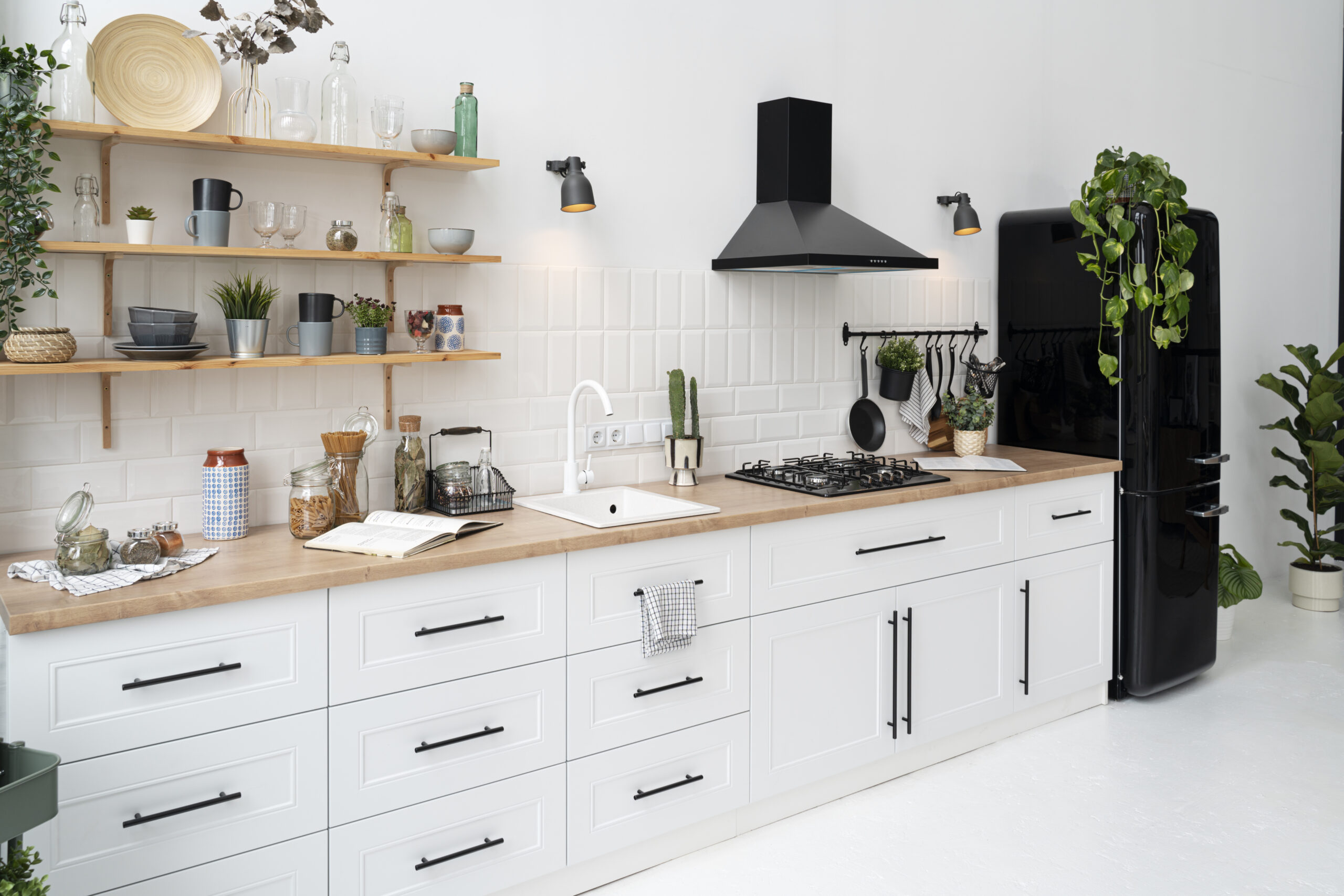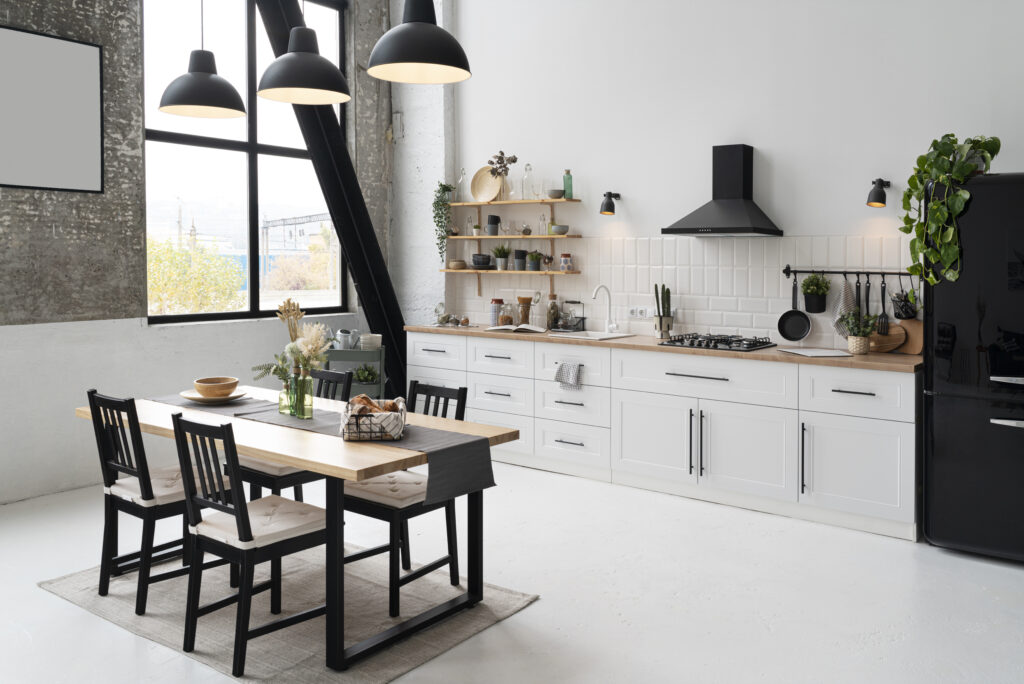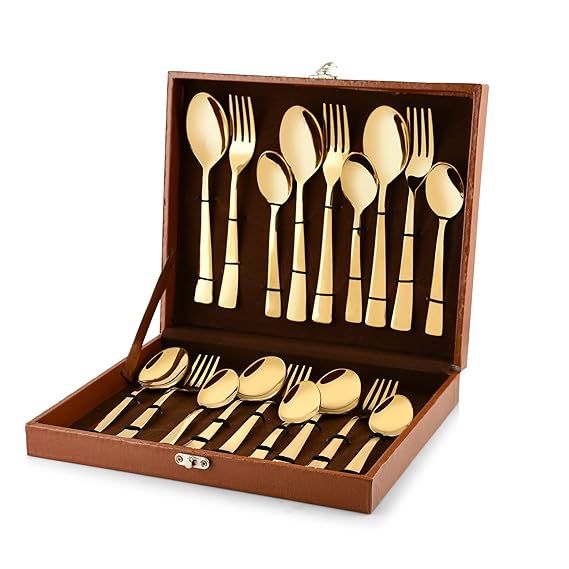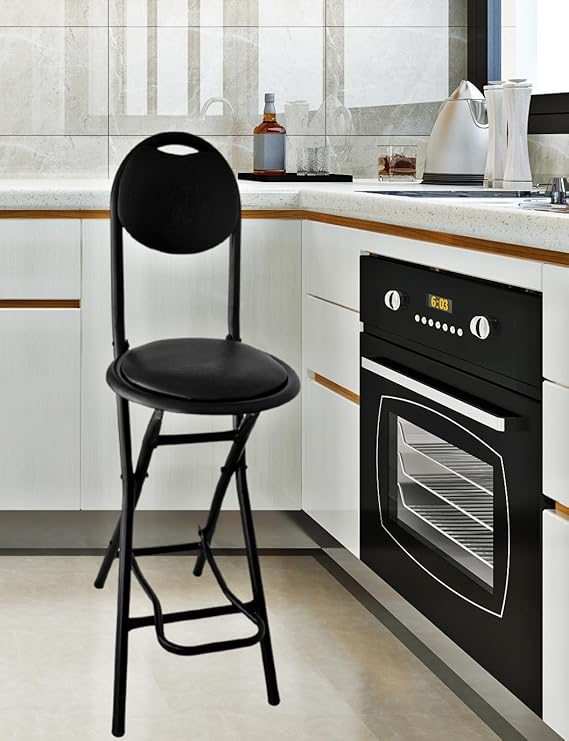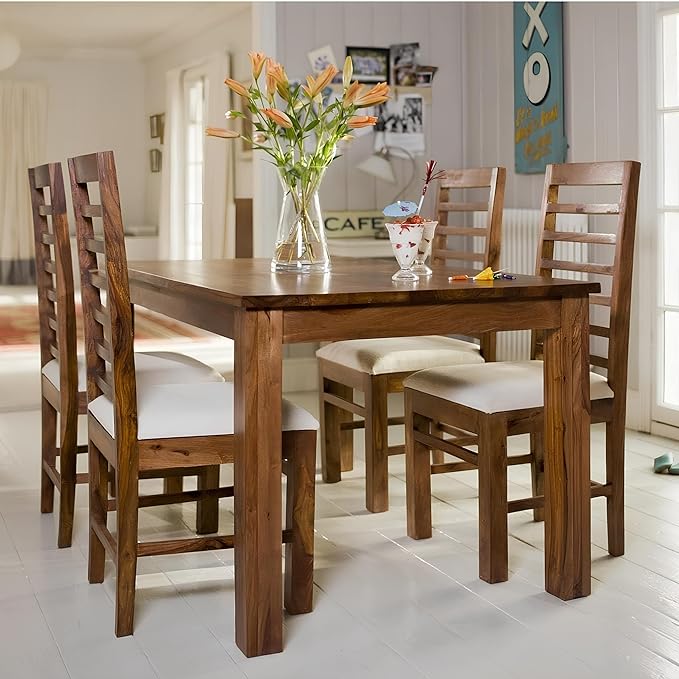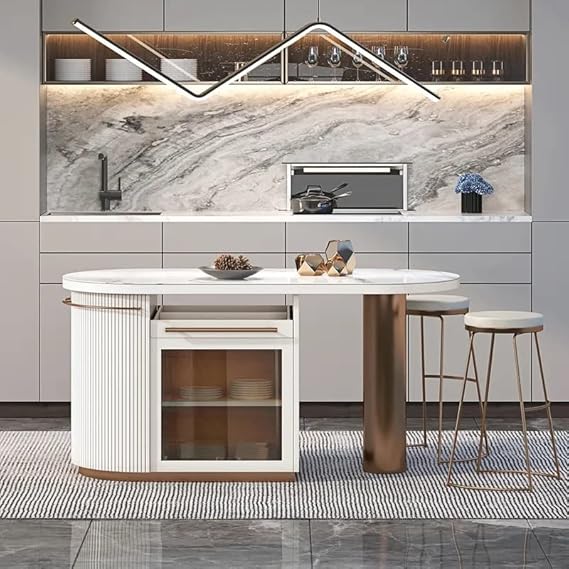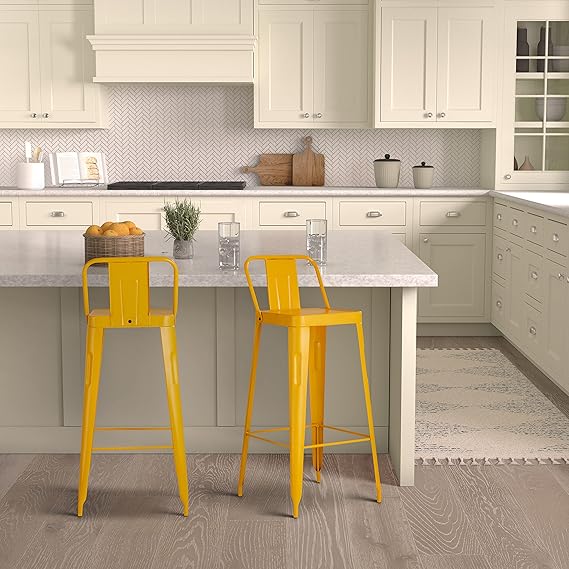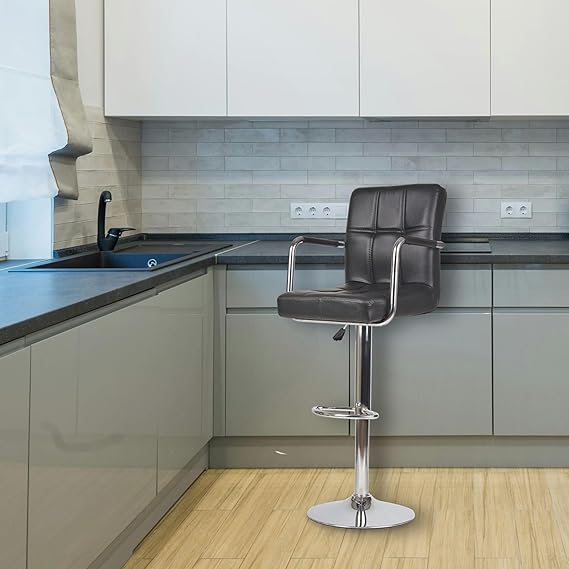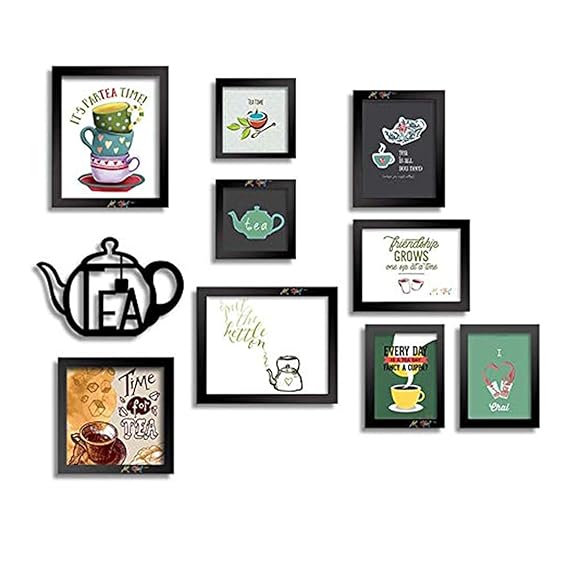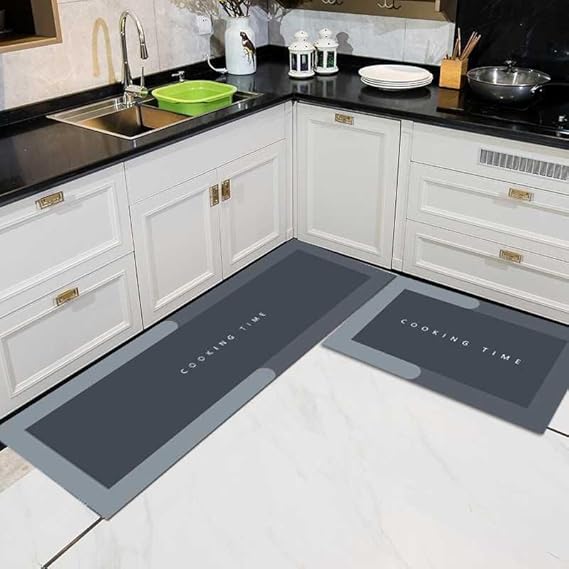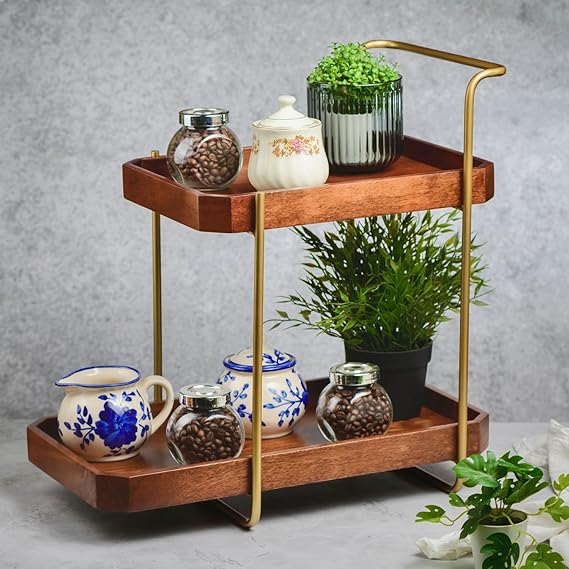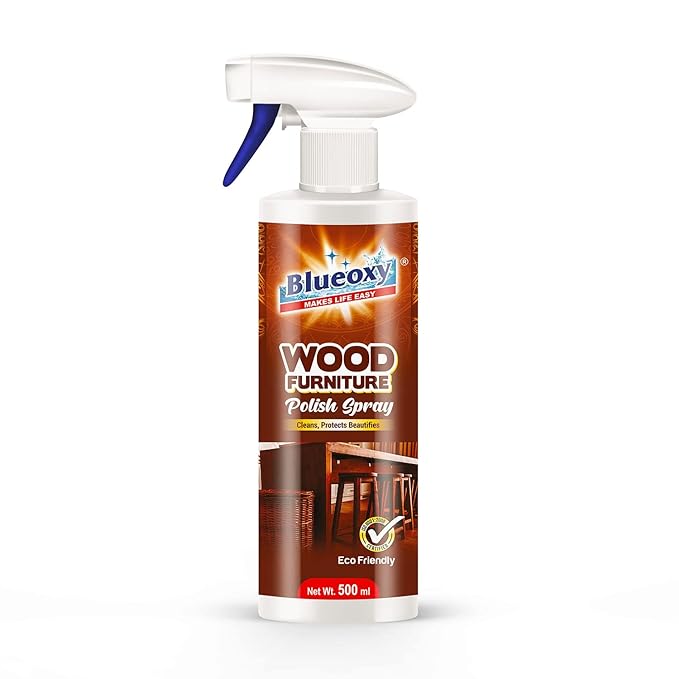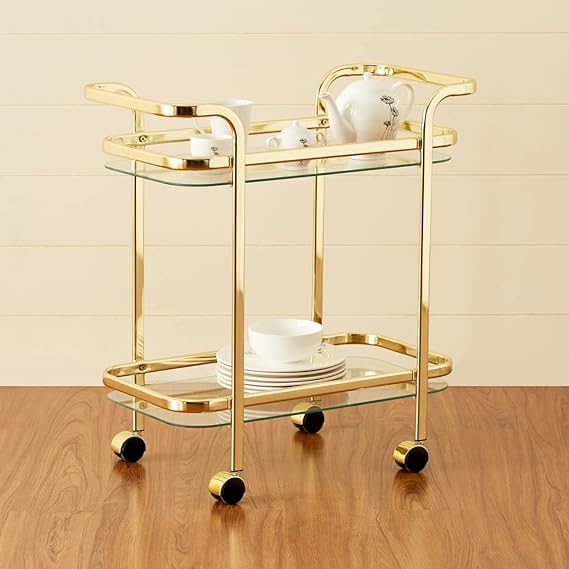The kitchen is the heart of the home, where meals, conversations, and memories happen. Having kitchen furniture that’s both functional and stylish is crucial.Choosing the right kitchen furniture can improve your cooking, dining, and add style to your space.
This guide covers everything you need to know about choosing and arranging kitchen furniture. By the end, you’ll know how to create a beautiful and inviting kitchen space.
Table of Contents
Why Kitchen Furniture Matters
Choosing the right furniture is about style, comfort, and creating a functional, easy-to-move kitchen. Additionally, well-chosen furniture greatly enhances the overall flow, functionality, and aesthetic of your kitchen, making it a space you’ll love to spend time in.
Enhancing Kitchen Comfort
Undoubtedly, one of the most important factors to consider when selecting kitchen furniture is comfort. Whether it’s chairs, stools, or a kitchen island, ensure seating promotes comfort and relaxation. In fact, choose pieces that enhance both style and practicality for your kitchen space. Comfortable seating invites people to come together in the kitchen. As a result, it becomes a social hub.
To make your kitchen more comfortable:
- Choose chairs with padded seats.
- Ensure that your kitchen furniture is proportional to the space.
- Opt for ergonomic designs that support posture.
Style Meets Functionality
When choosing the right one, achieving the perfect blend of style and functionality is essential. A beautiful dining table may catch your eye, but size matters for practicality. In fact, choose one that fits your space and serves your needs. Choosing functional furniture, therefore, improves kitchen efficiency and boosts its aesthetic appeal. It also creates a balanced, inviting space.
To achieve the perfect balance:
- Choose versatile furniture, such as kitchen islands that come with integrated storage.
- Choose tables and chairs that complement the kitchen’s overall design theme.
- Make use of materials like wood or metal that offer both durability and beauty.
Types of Essential Kitchen Furniture
When it comes to outfitting your kitchen, there are certain furniture pieces that are truly essential. For instance, items like tables and stools create the foundation of a well-designed kitchen.
Dining Table
The dining table is, without a doubt, the centerpiece of your kitchen’s furniture. Whether you have a formal dining area or a cozy nook, this piece, in turn, sets the tone for your entire kitchen.
When choosing the perfect dining table:
- Select a size that fits both your space and the number of people in your household.
- Opt for materials that are durable, such as solid wood or marble.
- Ensure the table complements your kitchen’s design, whether you prefer modern, rustic, or industrial styles.
Kitchen Island
A kitchen island, in addition, enhances both the functionality and aesthetics of your kitchen. Not only it is a versatile piece that provides extra counter space for food preparation, but it can also serve as a casual dining area.
When selecting a kitchen island, consider:
- Size: Make sure it fits comfortably in your kitchen without restricting movement.
- Storage: Look for islands with built-in cabinets or shelves for extra storage.
- Features: Some islands come with built-in sinks or stoves, further enhancing their utility.
Bar Stools
Bar stools, in particular, are essential for creating seating around kitchen islands or breakfast bars. Not only do they provide a practical solution, but they also add a casual yet stylish vibe to your kitchen.
When choosing bar stools:
- Consider the height of the counter to ensure the stools are the right fit.
- Opt for cushioned seats to enhance comfort.
- Choose materials that complement the rest of your kitchen furniture.
Material Selection for Kitchen Furniture
When it comes to selecting materials for your kitchen furniture, choosing the right ones is essential for achieving both durability and style. With that in mind, here are some popular options to consider as you select your pieces.
Wood
Wood, as a classic choice for kitchen furniture, offers both durability and timeless appeal. Whether you opt for oak, pine, or maple, wooden pieces add warmth and elegance to your kitchen space. Additionally, wood is easy to maintain and can be customized with various finishes, making it a versatile option suited to any kitchen style.
Metal
Metal furniture, on the other hand, is perfect for modern and industrial kitchens. It’s incredibly durable, easy to clean, and can withstand the rigors of daily use. Additionally, metal stools or chairs can add a sleek, minimalist touch to your kitchen while remaining both functional and stylish.
Upholstered Seating
When it comes to chairs and bar stools, upholstered seating brings an added sense of comfort and luxury. Additionally, materials such as leather or fabric can enhance your kitchen by introducing texture and a vibrant splash of color. Alternatively, it’s crucial to choose fabrics that are both durable and easy to maintain, especially in kitchens with heavy foot traffic.
How to Arrange Kitchen Furniture for Maximum Impact
Once you’ve selected your kitchen furniture, the next step is arranging it in a way that enhances both the flow and functionality of your space. Proper arrangement can make your kitchen feel more spacious and welcoming.
Start with a Focal Point
The key to arranging kitchen furniture is to identify a focal point, whether it’s your dining table, kitchen island, or a large piece of wall art. Position your furniture around this focal point to achieve a harmonious and balanced appearance.
Maximize Open Space
One of the most common mistakes people tend to make when arranging kitchen furniture is, in fact, overcrowding the space.
To ensure your kitchen remains functional and easy to move around in, follow these tips:
- Ensure there is sufficient space between furniture items to allow for easy movement.
- Place chairs and stools in areas where they won’t obstruct the flow of traffic.
- Choose wall-mounted shelves or cabinets to maximize floor space.
Create Separate Zones
If you have a larger kitchen, consider creating separate zones for cooking, dining, and lounging.
This can be achieved by grouping your kitchen furniture strategically:
- Use a kitchen island to divide the cooking and dining areas.
- Arrange your dining table near natural light to create a bright and airy dining zone.
- Place bar stools near the kitchen island for a casual seating area.
Kitchen Furniture Maintenance Tips
Investing in high-quality kitchen furniture is just the first step. To ensure your pieces last for years, regular maintenance is essential.
Cleaning Wooden Furniture
To maintain the appearance of your wooden kitchen furniture:
- Dust regularly with a soft cloth.
Clean spills immediately to prevent staining. - Apply a wood cleaner and polish to preserve the finish.
Caring for Metal Furniture
Metal furniture, while relatively easy to care for, may still show signs of wear as time goes by.
Here are some suggestions to maintain it in prime condition:
- Regularly clean metal surfaces with a damp cloth.
- Steer clear of abrasive cleaners that may damage the surface.
- Apply a protective coating to prevent rust, especially in humid environments.
Upholstery Care
For upholstered chairs or stools, regular cleaning is crucial to prevent stains and odors.
Follow these tips:
- Regularly vacuum fabric to eliminate dust and debris.
- Use a fabric cleaner to remove stains promptly.
- For leather, apply a conditioner every few months to prevent cracking.
FAQs about Kitchen Furniture
1. What is the best material for kitchen furniture?
The best material for kitchen furniture depends on your needs. Wood is a classic choice for durability and style, while metal offers a sleek, modern look. For upholstered furniture, leather and fabric can add comfort and elegance.
2. How do I arrange my kitchen furniture for better flow?
Start by identifying a focal point, such as the dining table or kitchen island. Arrange your furniture around this focal point and ensure there’s enough space for easy movement.
3. What are the most essential pieces of kitchen furniture?
The most essential kitchen furniture includes a dining table, chairs, kitchen island, and bar stools. These pieces enhance both the functionality and aesthetics of your kitchen.
4. How can I maintain my kitchen furniture?
Regular cleaning is key. For wooden furniture, dust frequently and use a wood cleaner. For metal, wipe down surfaces and apply a protective coating. Upholstered pieces should be vacuumed regularly, and stains should be cleaned immediately.
5. What size dining table should I choose for my kitchen?
The size of your dining table depends on the available space and the number of people in your household. Ensure that there’s enough space around the table for people to move freely.
6. How often should I replace my kitchen furniture?
High-quality kitchen furniture can last for many years with proper care. You should consider replacing it when it shows signs of wear or no longer suits your needs or style.
Conclusion
Your kitchen furniture plays a pivotal role in creating a welcoming, functional, and stylish space. Whether you’re upgrading a few pieces or starting from scratch, make sure to focus on comfort, functionality, and design. By carefully selecting and arranging your kitchen furniture, you can transform your kitchen into a space where you love to cook, dine, and entertain.
This guide has covered all aspects of choosing, arranging, and maintaining kitchen furniture, and we hope it helps you create the kitchen of your dreams.

